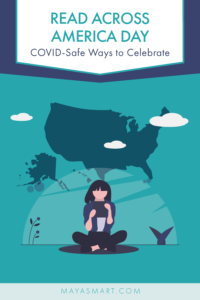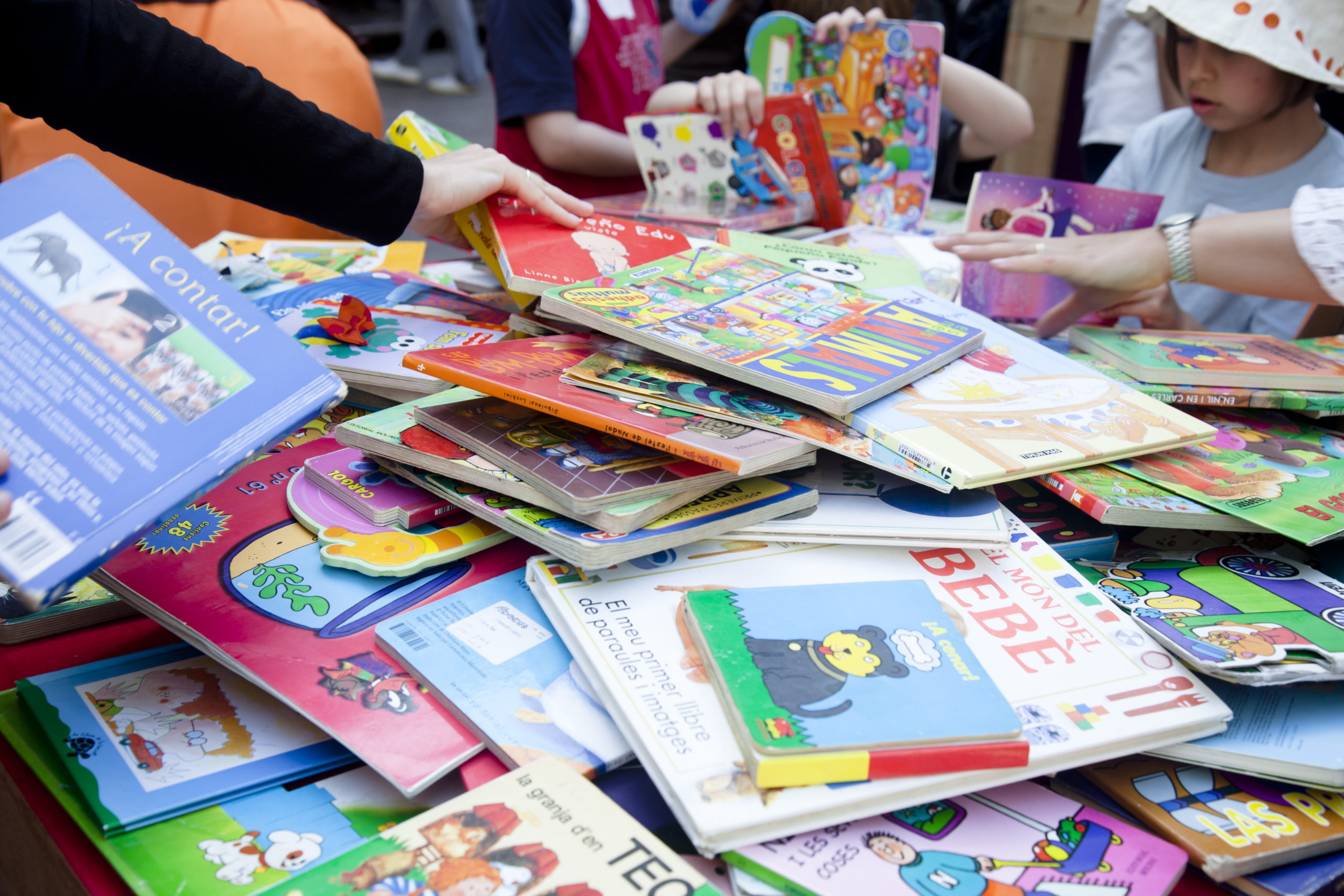By Laila Weir
Every year—in non-pandemic times—on an evening in early March, tables overflow with books in the multipurpose room of my kids’ elementary school as pajama-clad children wander among them. Arms wrapped around newly acquired titles, groups of kids browse happily, periodically ducking out on eager slippered feet for story times in various classrooms. This pajama-party-book-exchange is our school’s way of celebrating Read Across America Day, a national event taking place every March 2 that brings communities together around reading.
Parent volunteers collect books ahead of time so there are more than plenty, and kids are encouraged to take all they like (even the pre-readers participate, enthusiastically choosing from among the picture books). The freedom to adopt books according to their fancy and nothing more inspires kids to follow their interests and to read abundantly. The evening builds an atmosphere of literary discovery and excitement, all while providing loads of free books to students. It’s a fun and beautiful way to support literacy for all.
This year, Read Across America is sure to look different. But with a little ingenuity, there’s no reason your community can’t still plan a super reading celebration even in the days of social distancing. Read on for some ideas for marking this special occasion.
Hold a Distanced Book Exchange
If you love the concept of a free-for-all book feast like our school’s book exchange, why not see whether your area’s current safety guidelines allow for a socially distanced book trade?
Set up tables in an outdoor location, such as a schoolyard or unused parking lot, and stock them with used books (offering plenty of variety by topic and reading level). Chalk a one-way path that participants can follow past the tables, filling up on reading material along the way. Alternatively, set up book tables indoors or outdoors and have households book 10-minute time slots to browse the books before making way for the next group.
Just make sure you plan to get plenty of books for your exchange. Contacting libraries for books they’re getting rid of, posting widely in neighborhood and school online groups for donations of used books, and creating an accessible drop-off location can all help ensure you’ll have more than enough.
Distribute Book Grab Bags
If rules, logistics, or prudence prevent a full-on book exchange, but you still want to facilitate the exchange of reading material, why not provide book grab bags to students?
As with the book exchange described above, gather plenty of donated used books on a variety of topics and levels. Then put together grocery bags of titles appropriate for various age groups. Invite families to pick up the grab bags, or organize volunteers to make contactless deliveries to students’ homes upon request.
Virtual Story Times
Virtual story times are a relatively easy way to celebrate Read Across America this year, and they can also make a great supplement to a book exchange or distanced in-person event.
Invite teachers, parents, trusted community members, and children to sign up to read a diverse selection of stories via your preferred video calling platform. You can even invite authors to “sign up” and read their books during a virtual author visit! Then publish a schedule on your school website or elsewhere.
Virtual story times have an added bonus in that kids who weren’t able to attend can watch later on. Just be sure to have the readers press “record” during their live readings. Tip: Ensure a teacher or parent volunteer is present at each virtual story time, to make sure things stay on track.
Need help with your story list? Check out the Read Across America site to get you started with some curated titles. You might also want to work with your community’s library to ensure all the selections for sign-up are available.
Host a StoryWalk
Check out the Read Across America website for a variety of other creative and socially distanced ways to celebrate reading and community. These include hosting a story time drive-in, developing a reading obstacle course—and creating a StoryWalk.
Developed by Anne Ferguson in Montpelier, Vermont, a StoryWalk is a “fun, physically distanced activity that places a children’s story—a deconstructed book, page by page—along a walking route in your community,” explains the Read Across America site, which also links to tips on how to create one. A StoryWalk is a wonderful way to combine physical movement, getting outside, and literacy.
Let us know how your community celebrates reading this Read Across America Day—or any day!



